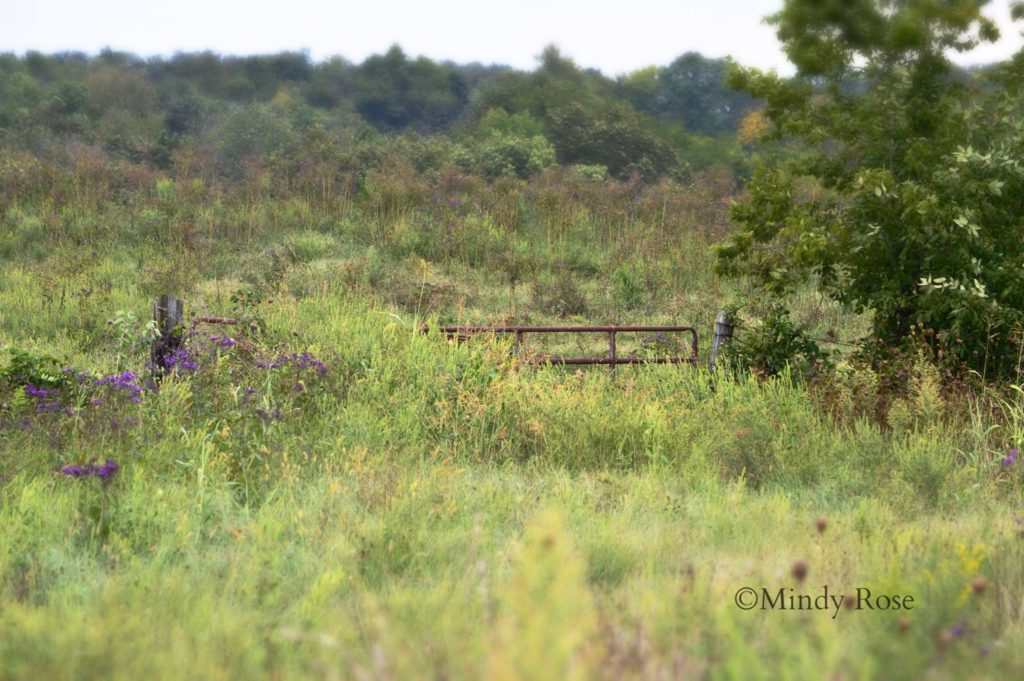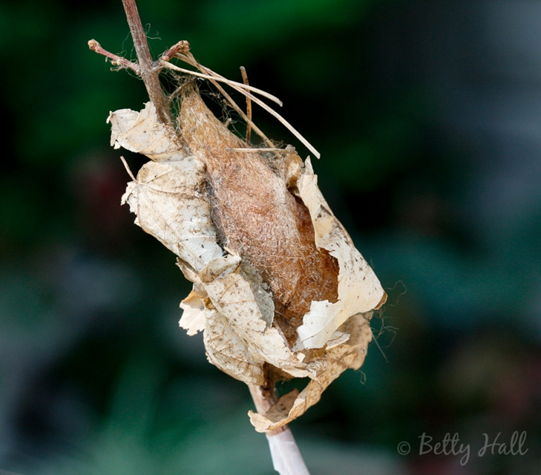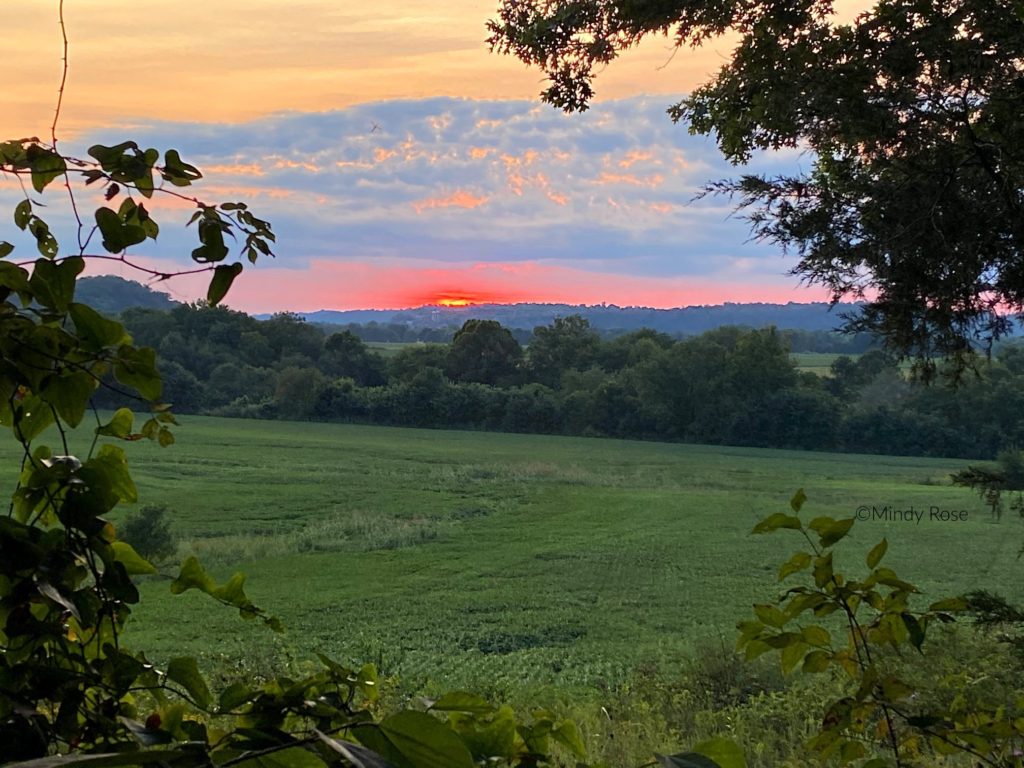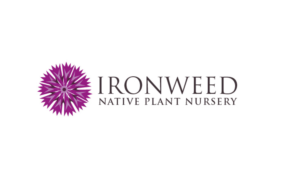By Alicia Bosela, Owner of Ironweed Native Plant Nursery
Hedgerows—strips of mixed plants and shrubs—are a wonderful under-utilized and under-appreciated habitat. They have been called linear nature preserves in the sense that they can be highly diverse (combining meadow and forest plants), they support a wide array of wildlife, and they provide ecosystem functions that sustain the health of our air, land, and water.


Photo by Betty Hall.
Their benefits to wildlife span the spectrum. The woody species alone might read like a veritable critter buffet: hazelnut, wild plum, persimmon, red mulberry, wild crabapple, and elderberry. Other food for wildlife includes both early nectar—blooming redbud, viburnum, dogwood, hawthorn, and black cherry—and late season nectar—asters, sunflowers, and goldenrods. Hedgerows provide shelter for wildlife, a nesting place for birds and create corridors that allow safe passage for scores of species from salamanders to rabbits. The leaf litter is a virtual nursery for developing stages of lightning bugs and other beneficial insects. Many Lepidoptera (moths and butterflies) roll up in leaves to overwinter in the litter, snug as a bug!
When we think of attracting wildlife like hummingbirds and butterflies to our yard, our first thought might be of a continuously flowering native pollinator garden. While pollinator gardens are highly recommended and needed, we have learned from the monarch that a dearth of larval host plants might be a weak link in the chain of our pollinator’s lifecycle. In general, woody plants host the caterpillar stage of more Lepidoptera than herbaceous plants. More woody host plants mean more caterpillar food and more caterpillars to feed native birds and their young.
From a management perspective, it is important that invasive exotics like autumn olive, Bradford pear, wintercreeper, bush honeysuckle, and privet be removed in favor of native plants. A study by Dr. Tallamy, a University of Delaware entomologist and ecological gardening advocate concludes, “…in terms of the everyday needs of the animals that eat caterpillars, we found 96 percent less food available in the invaded (non-native hedgerow) habitats!”
…native hedgerows are certainly a habitat worth rediscovering…
There are physical benefits of hedgerows as well. They catch and store water, act as windbreaks, and protect against erosion. In residential areas, they are great privacy fences, sound buffers, and can prevent snow drifts. A final benefit of native plant hedgerows is that they really ‘pay it forward’ when birds disperse seed from native plants instead of spreading seed from invasive exotics. Though under-utilized, native hedgerows are certainly a habitat worth rediscovering.

Photo by Mindy Rose.
References: Nature’s Best Hope by D. Tallamy (2019).
Alicia Bosela owns Ironweed Native Plant Nursery in Columbia Kentucky, a certified woman-owned business. Before opening her own nursery, she was the Assistant Director of Clay Hill Memorial Forest Environmental Education Center. You can contact her at www.ironweednursery.com.

